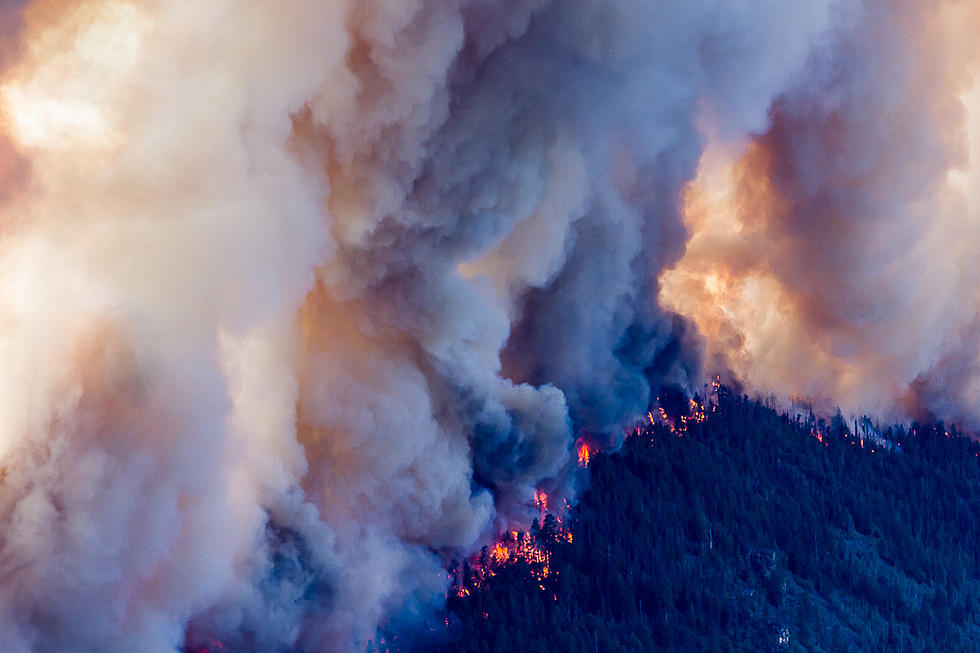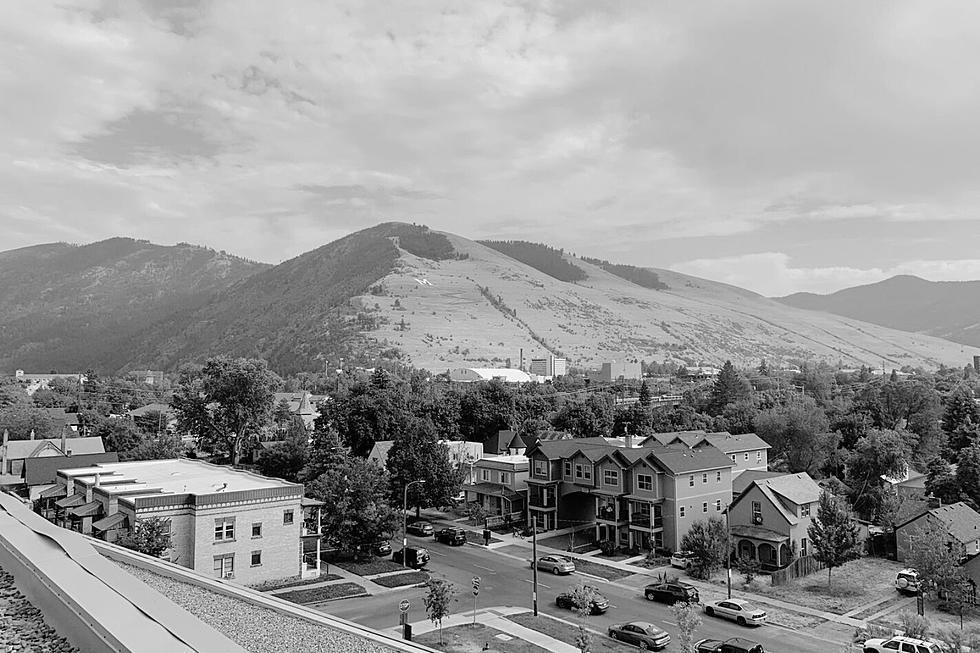
Montana Wildfires – What’s The Future?
An online event this week will examine forest fires and how what is called "The Fire Triangle" has led to increasing activity. Montana State University's Dave McWethy, an assistant professor in the Department of Earth Sciences has a presentation Wednesday, April 7, with a long title - "The Past and Future of Wildfire in Montana: How Changes in Climate, Fuels and Human Activity are Driving Longer, More Destructive Fire Seasons."
McWethy, in an MSU news release, explained the fire triangle, saying, "Wildfires have three main drivers, each representing a component of the fire triangle. Those include climatic conditions, human and natural ignitions, and the type of vegetation present that can fuel a fire."
McWethy will present studies of past fire activity, including charcoal, pollen and other substances found in lakebeds and core samples from glaciers, along with fire scars on trees. He says it shows how the forest fires have changed over the centuries.
"Wildfire is a natural process that shapes our Western landscapes," he said. "The communities that have made the biggest advances toward mitigating the negative impacts of fire have all started by acknowledging that fire is inevitable."
The free presentation at 6 p.m. Wednesday will be part of the MSU's Cafe Scientifique and will be on Montana INBRE program. You can connect at the inbre.montana.edu website. McWethy will present his topic and there will be time for questions and answers. McWethy has been published in a number of science journals.
He said, "There is a lot that we can do to better safeguard communities from the impact of wildfires, but it all begins with accepting wildfires as an inescapable part of living in the West."
LOOK: The most expensive weather and climate disasters in recent decades
More From 94.9 KYSS FM








